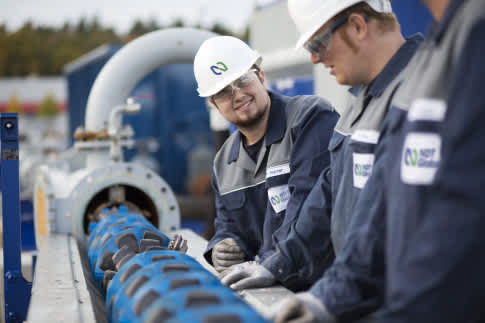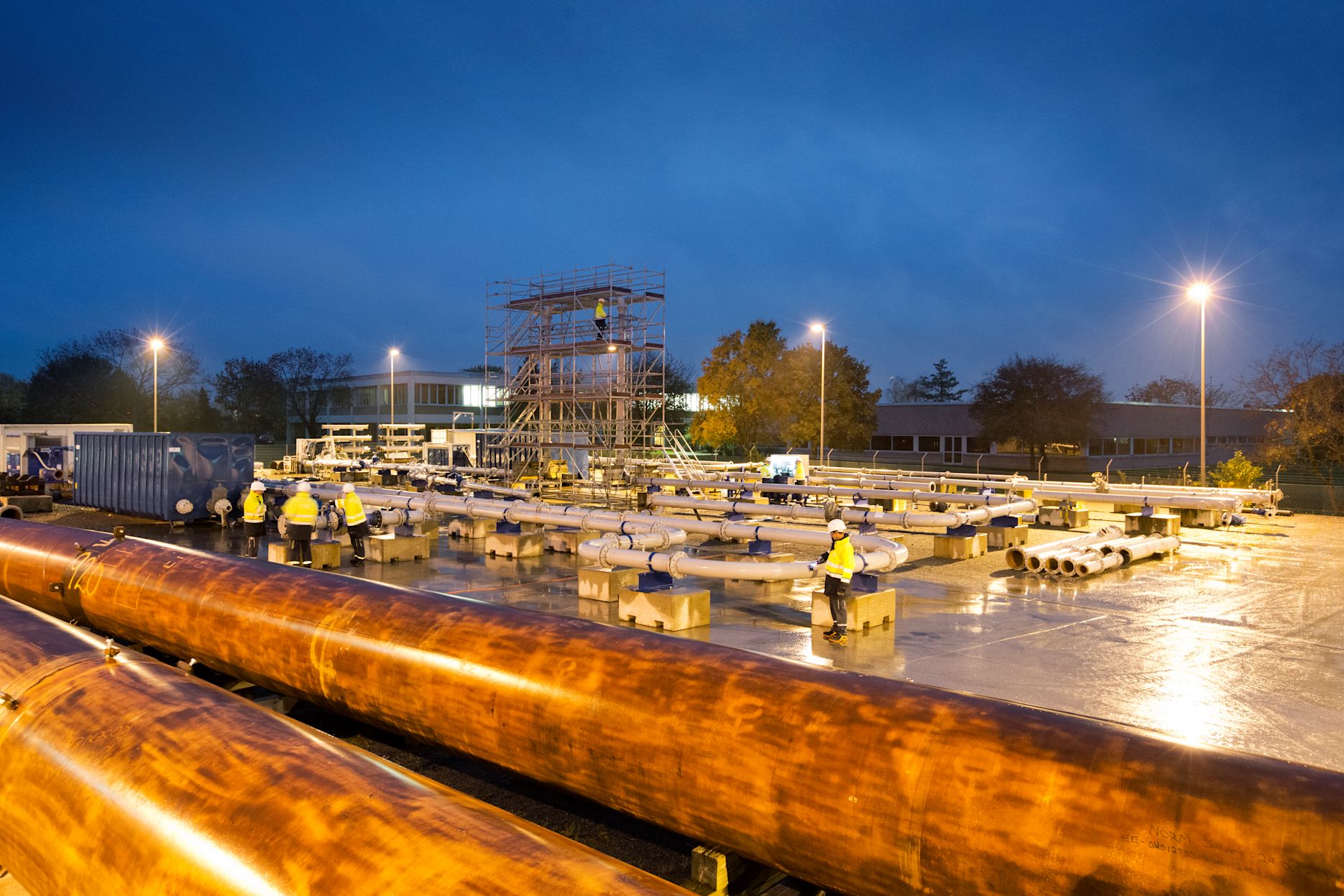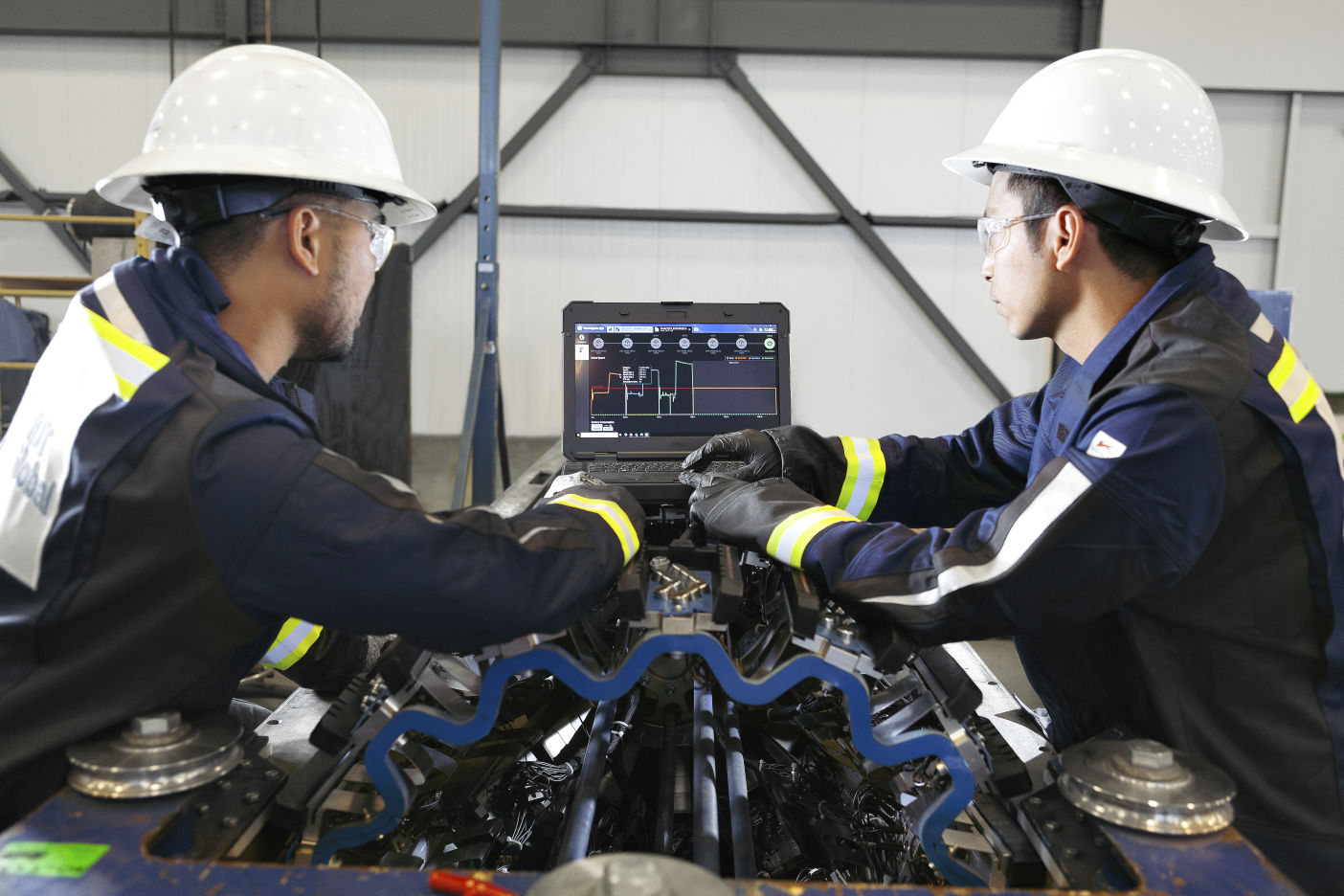To identify an alternative to hydrostatic testing, our client wanted to explore the feasibility of an ultrasonic solution, to provide a proven and alternative method for inspecting their critical lines. Despite the ability to detect hook cracks, they are typically undersized with conventional technology, leading to an underestimation of severity which may later cause in service failures.

Case Study
An Alternative to Hydrostatic Testing for Complex Cracking
The Challenge

The Solution
To address tilted (hooked) and skewed cracks, a modified sensor arrangement was introduced to the fleet of tools. Instead of arranging clockwise and counter-clockwise sensors independently from each other, the new arrangement combines a clockwise and a counter-clockwise sensor as a pair. This allows the recording of a third type of signal, in addition to the conventional pulse echo and Enhanced Sizing information.

The Results
Detection of critical defects by avoiding the use of Hydrostatic Testing, ensuring 99% probability of detection of severe flaws without the risk of causing plastic deformation of the pipeline
The operator used a third party to independently verify inspection results
Ultrasonic critical feature detection tool, Eclipse, has taken the ILI industry to the next level, not only with the advanced hook crack detection but with a full spectrum of additional features that are changing the way operators approach their inspection decisions.

View PDF Case Study

Discover the Power of Clarity.
Whether you’re ready to schedule an inspection or have questions about our process, our team can help get you started.
Contact Us© Copyright 2025. NDT Global. All Rights Reserved.
